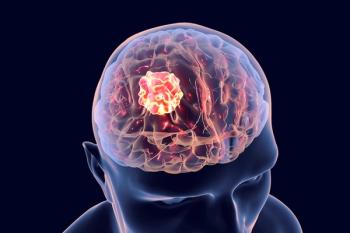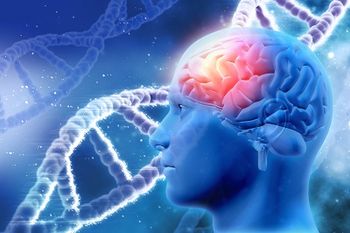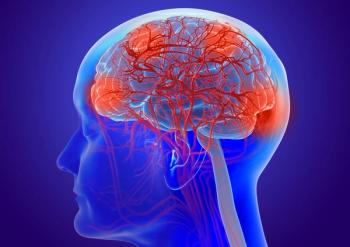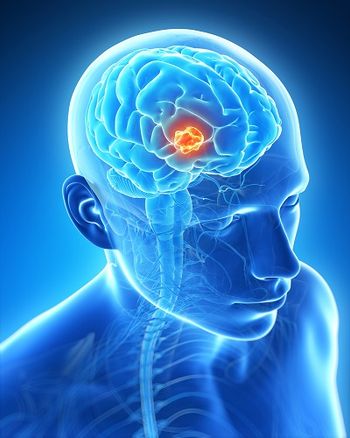
Gene Therapy in Recurrent Glioma Shows Promise in Early Trial
More than 25% of patients with recurrent, high-grade glioma treated with a gene therapy combination were alive more than 3 years after treatment, according to data from a subset of patients in a phase I clinical trial.
More than 25% of patients with recurrent, high-grade glioma treated with a gene therapy combination were alive more than 3 years after treatment, according to data from a subset of patients in a phase I clinical trial presented at the AACR-NCI-EORTC International Conference on Molecular Targets and Cancer Therapeutics, held October 26–30 in Philadelphia.
The combination treatment involved the retroviral vector Toca 511 and the prodrug of the chemotherapy 5-fluorouracil (Toca FC). Toca 511 is a replicating virus that only infects actively dividing tumor cells. Once inside the cancer cell, the virus delivers a gene for an enzyme, cytosine deaminase (CD). As the virus replicates and spreads to other cancer cells, it programs them to make CD. Next, patients receive a pill, Toca FC, which is an inert compound. Once inside the cancer cell, CD converts Toca FC into the anticancer drug 5-fluorouracil, which kills the cancer cell. 5-fluorouracil also kills certain immune suppressive myeloid cells, boosting the patient’s immune system to recognize and attack the cancer cells.
“This approach is fundamentally not just gene therapy but also immune therapy that combines the efficacy of both approaches,” said Clark Chen, MD, PhD, head of the department of neurosurgery at the University of Minnesota Medical School in Minneapolis, who presented the results.
There were three arms of the phase I trial: 56 patients had tumor resection and injection into the cavity wall, 54 patients had direct injection into the tumor, and 17 patients had intravenous injection prior to resection and injection into the cavity wall at resection.
In all three groups, Toca 511 was associated with a very low percentage of treatment-related adverse events. The most common event was fatigue (11%) and only 5.5% of patients experienced any treatment-related grade 3 or worse adverse event.
The same was true of Toca FC. The most common treatment-related adverse events were fatigue (22%), diarrhea (13%), and nausea (10%). Only 3.3% of patients had grade 3 or worse treatment-related events.
Among the 56 patients in the resection study, 82% had glioblastoma and about one-half of patients were at their first recurrence. The researchers identified a subset of 23 patients that had received higher doses of Toca 511 and met entry criteria of a phase II/III trial. These were patients that were either in their first or second recurrence with no prior treatment with bevacizumab and a tumor size of 5 cm or less.
In the overall efficacy cohort of patients there were six durable responses with a median duration of response of 35.1 months. Five of the six responses were in patients in the subgroup that qualified for the phase II/III trial and had received higher doses. Among these five patients the median duration of response was 35.7 months.
The 3-year overall survival was 13.4% for all efficacy patients and 26.1% for those patients in the subgroup.
“This compares favorably relative to those patients who failed initial treatment where the duration of response was in the order of months,” Chen said.
Newsletter
Stay up to date on recent advances in the multidisciplinary approach to cancer.



















































































